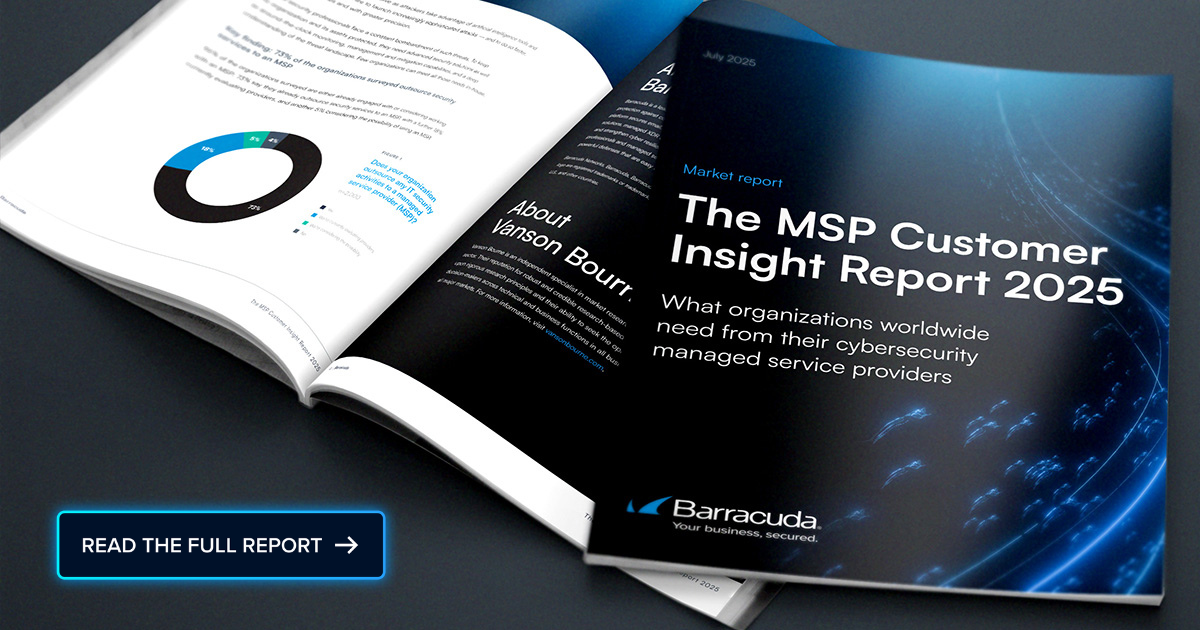
Spending on cloud infrastructure returned to its previous rates after what appears to be a momentary period of indigestion.
International Data Corp. (IDC) estimates spending on dedicated and shared cloud computing environments increased 6.6 percent year-over-year to $18.6 billion in the third quarter of 2021. That level of growth is consistent with seven consecutive quarters of growth since Q3 2019, with the single exception being a 1.9 percent decline reported in the second quarter of 2021.
That decline appears to be attributable to overprovisioning of cloud infrastructure in the previous quarters that created something of a glut. However, as organizations continue to shift more applications to the cloud, its apparent spending has returned to previous levels.
Overall, IDC expects cloud infrastructure spending in 2021 to grow by 8.3 percent compared to $71.8 billion in 2020. In contrast, spending on non-cloud IT infrastructure is expected to have grown just 1.9 percent in 2021 to $58.4 billion. That represents the first uptick in on-premises spending in two years.
Longer-term, IDC still expects that by 2025, spending on compute and storage cloud infrastructure will reach $118.8 billion, accounting for 67 percent of all compute and storage spend. Shared infrastructure will account for 70.9 percent of that spending.
Cost not a determining factor when choosing between cloud an on-premises
As the world enters the third year of the COVID-19 pandemic there is no reason to believe cloud spending will decline. Naturally, it’s much simpler to deploy application workloads on public cloud infrastructure that can be managed from anywhere. Less clear is to what degree the pandemic might lead to all workloads being deployed in the cloud. An uptick in spending for on-premises IT environments suggests that workloads are much like water starting to find their own levels. The decision to deploy a workload on one platform versus another is now determined more by the attributes of the workload than the cost of the underlying platform.
Managed service providers (MSPs) should assume those workloads are not going to move very often once they are deployed thanks primarily to the forces of data gravity. Migrating data from one platform to another still represents a major undertaking that organizations are not likely to take lightly. Some may still move particular legacy applications to the cloud, but many would prefer to replace an application with a more modern alternative whenever practical.
Modern application environments are complex, creating opportunity for MSPs
Of course, a more modern application is likely to be a lot more complex than its predecessor. Modern applications today are typically constructed using microservices that are based on containers and serverless computing frameworks. As such, they are more challenging to manage than legacy monolithic applications.
The simple truth is the total cost of IT only rises with each additional platform an organization employs. The more complex an IT environment becomes, the more likely an organization will engage with an MSP to at least manage some portion of it. The challenge and the opportunity for MSPs today is to position themselves as the provider that is best qualified to help organizations navigate all that complexity, without trying to force them to standardize on a single platform that the bulk of organizations, for a wide range of reasons, are never likely to do.
Photo: Blackboard/Shutterstock
